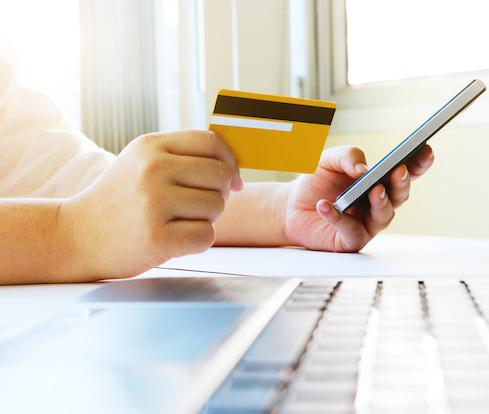Businesses are leveraging the data gathered through mobile ordering and delivery. Here's how.

Ask any marketer and he or she will probably say mobile is no longer the "new hot thing to do" for making consumer attention irresistible.
So what is for 2018? For a worthy candidate look at MODS - Mobile ordering and delivery services.
MODS are happening more frequently in retail, a variation of BOPIS (Buy-Online-Purchase-In-Store). It is a particular fact of life among casual and fast-food dining, as brands have seen eight consecutive quarters of negative sales growth according to industry magazine QSR.
In my daily dealing I've seen all sorts of indicators of mobile purchase convenience ranging from designated parking spots for app-orders at McDonalds to reminders on a Denny's menu to order take out. Intriguing partnerships abound, such as Lyft allowing riders to include a Taco Bell pickup order during their ride.
Thus analytics practitioners should "order in" and imagine how customer experience can potentially impact analytics planning.
For instance, take a look at Starbucks. Its mobile-only Seattle store and Shanghai Roastery offer valuable clues. The Seattle mobile-only store is designed to accept customer orders only via the mobile app. It then gives customers an estimate of when they can pick up the order so they don't have to wait for it. The arrangement addresses growing wait queue to complete customer orders. The Starbucks app has grown popular since its 2015 launch according to Tech Crunch.
Starbucks has also introduced an augmented reality experience in its Shanghai Roastery -- the largest Starbucks in the world, as reported by Retail Dive. The AR allows visitors to view information around the large space and unlock badges for coffee and food.
What's common about both the Seattle mobile-only store and the Shanghai Roastery – other than being Starbucks retail locations -- is that these efforts leverage how affluent consumers generally spend through an app. According to AppsFlyer, people in Asia are most likely to spend the most in the apps, shelling out 40% more per month than anywhere else in the globe. North America is second on that list.
The mission to attract customer sales through mobile devices places an unique emphasis on mobile analytics. Mobile analytics has historically been focused on improving webpage performance to provide value at the point of sale. While that objective is still important, now there is more emphasis on driving value by providing metrics that sync online retail activity to operational activity.
Aligning operations analytics with mobile can provide a baseline for managing supplies and resource efficiency. For example, push notifications can be sent when users engage with an app. Those notifications can make it easier to plan the right time to purchase supplies.
The payoff for marketing and operations mangers becomes knowing when and how customer engagement impacts cost triggers within an enterprise. Managers gain better insight through operational analytics displaying real-time data over a specific time frame. The result is better enterprise resource planning for software systems to aggregate information and to enhance communications between stakeholders. That communication leads to streamlined business processes aligned with customer interests and demands.
Deploying augmenting technology such as chatbots can enable deeper mobile analytics. When you measure operational performance against chatbot analytics you can improve communication quality, which plays into the strengths of the artificial intelligence behind chatbots. Chatbots introduce conversational data -- real time user interaction with a chatbot or any device with a conversational interface. They also introduce unique context in the UI from emojis and the challenge of ensuring an accurate natural language processing that captures customer descriptions of their service experience.
The measurement can lead to richer communication with customers. Marketers use conversational data analytics to view what kinds of users talk to a bot, then gauge a conversation pattern that reveals how to further serve that customer at the exact moment they are using a product.
Analytics that highlight where resources that impact customers the most can be better placed. That leads to revenue generating innovations like Starbuck's mobile-order-only stores. Apps activities that are truly customer-centric will truly lead to improved customer relationships.
About the Author(s)
You May Also Like







